University of Redlands Emergency Alert System
Alert Received: . For more information, visit: https://www.redlands.edu/alert/
University of Redlands
- Home
- Trees
- Species Accounts
- Chinaberry
Common Name: Chinaberry
Scientific Name: Melia azedarach
Family: Meliaceae
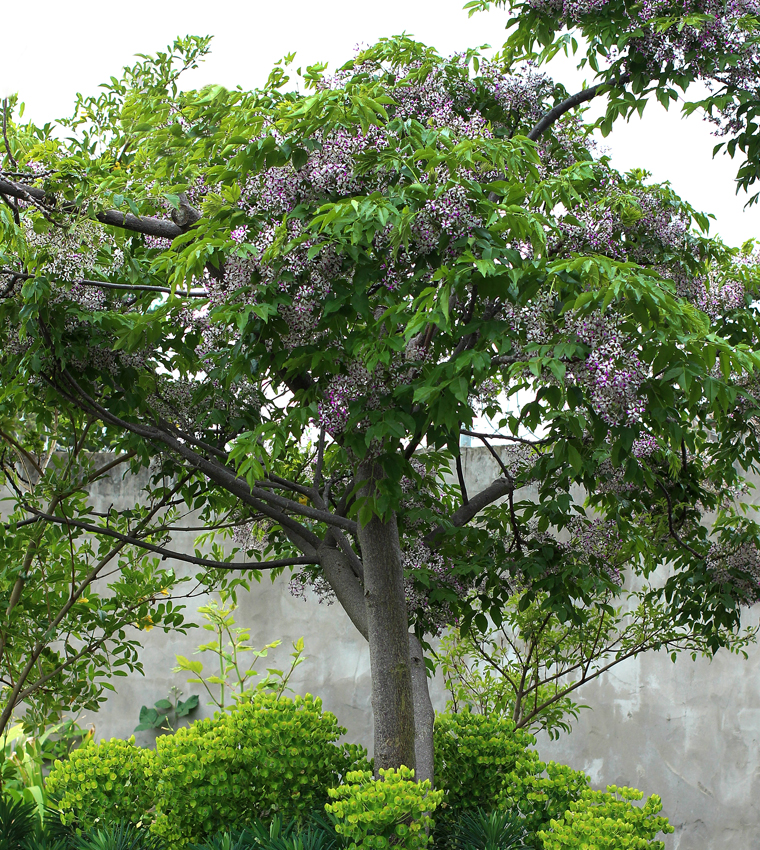
Figure 1. A Chinaberry Tree in full bloom8.
Identification
Habit: The Chinaberry is a deciduous tree that grows rapidly and can get as large as 30 to 50 feet (9.14 to 15.24 m) tall with a canopy diameter of approximately 20 feet (6.10 m). It is composed of several smaller trunks that are produced from multiple roots that sprout outwards and can survive in many different climactic and soil conditions7. Younger trees are more vulnerable to being affected by frosts in colder temperatures while mature trees are more tolerant to frosts. A mature Chinaberry can withstand temperatures as low as -5˚C. In addition to having a high tolerance to exceedingly low temperatures, mature Chinaberries can survive in warm temperatures up to 39˚C, making them extremely drought tolerant9.
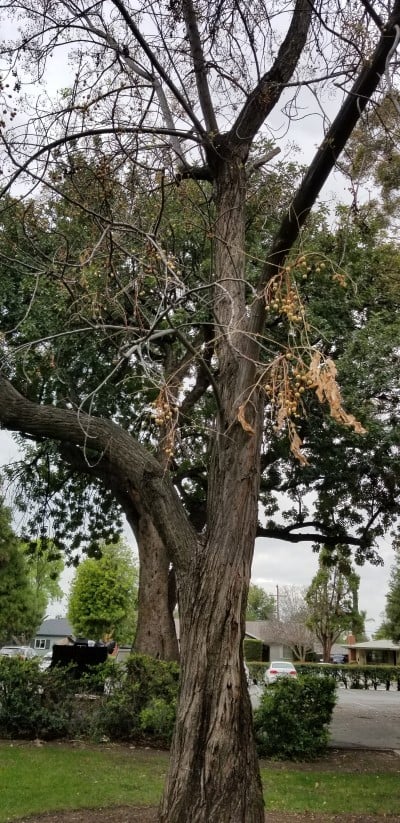 Figure 2. Chinaberry Tree on the University of Redlands Campus. Taken by Alyssah Sailors
Figure 2. Chinaberry Tree on the University of Redlands Campus. Taken by Alyssah Sailors
Leaves: Leaves are bi-pinnate with ovular or elliptical-shaped leaflets that are 0.79 to 2.76 inches (20 to 70 mm) long7. The ends of the leaflets are tapered with a dark green surface on the top and a lighter green surface underneath. They are both alternate and compound with stems that vary in coloration. As seen in Figure 3, the stems of the Chinaberry typically appear olive-green or brown. However, in some instances they may also appear purplish red9.
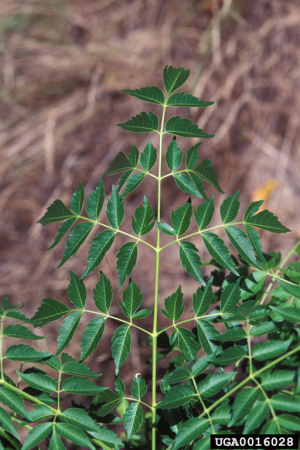
Figure 3. Leaves of the Chinaberry7.
Twigs & Bark: Mature trees have dark brown bark with light-brown spots; however, the bark of younger trees contains reddish brown spots7. The bark also contains narrow furrows that give it a stripe-like appearance9.
 Figure 4. Close up of the Chinaberry’s bark. Taken by: Alyssah Sailors
Figure 4. Close up of the Chinaberry’s bark. Taken by: Alyssah Sailors
Flowers & Fruits: The flowers of the Chinaberry are small, with a diameter of only 0.71 inches (18mm) and are shaped like a star7,9. They are typically pink but can also appear lavender and elicit a delightful chocolate scent7. The Chinaberry is a monecious plant. This means it contains both female and male parts which allows it to self-pollinate and therefore, produce many seeds that can remain viable for up to two years6,9. Seeds are held in round, yellow or tan colored berries. These berries are about the same size as the flowers and are held together in large clusters. Each berry can hold up to 6 seed6,7,8.  Figure 5. Flowers of the Chinaberry4.
Figure 5. Flowers of the Chinaberry4.
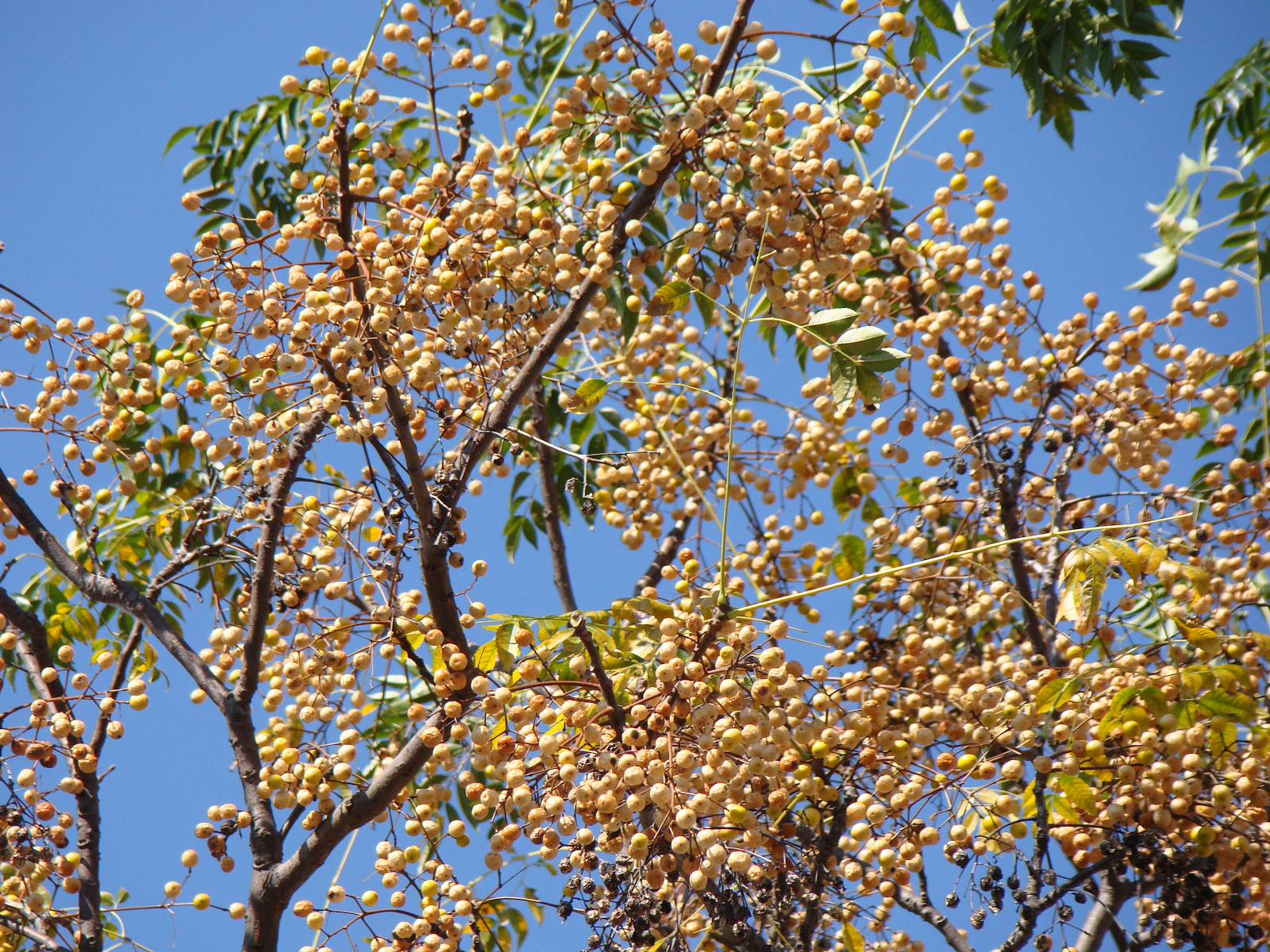 Figure 6. Fruits of the Chinaberry during spring bloom3.
Figure 6. Fruits of the Chinaberry during spring bloom3.
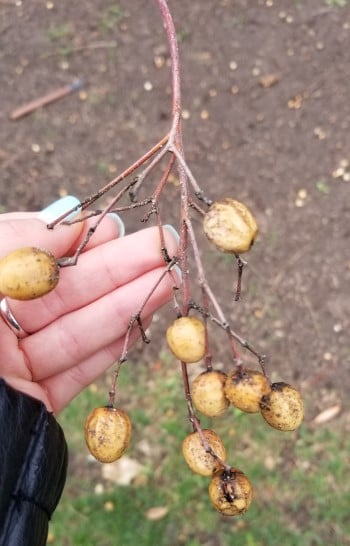 Figure 7. A close up of a small cluster of berries that detached from the tree. Taken by: Alyssah Sailors
Figure 7. A close up of a small cluster of berries that detached from the tree. Taken by: Alyssah Sailors
Where it’s from
Native range:
Today, the Chinaberry tree can be found in fields, wooded areas, flat ecosystems, or alongside the road. Originally, this tree is from Pakistan, India, and Australia; however, it can now be found in warmer and tropical areas, such as Southeast Asia, and tends to grow in fields or areas that have a wetter habitat.
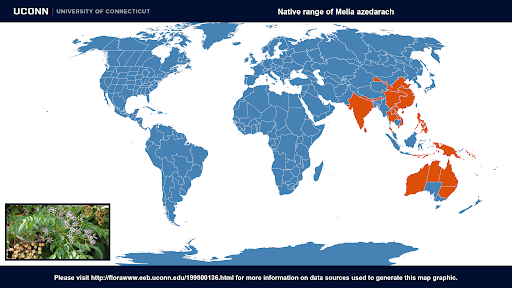 Figure 8. Map of the native range of M. azedarach8.
Figure 8. Map of the native range of M. azedarach8.
Ecological Notes:
In the northern part of the US, the Chinaberry tree is typically dispersed by animals, for instance, birds and mammals eat the fruit of the tree, and then disperse its seeds in their droppings. However, in other parts of the world, such as Africa, the seed dispersal of this tree is mainly because of water and birds. Due to the fragrance of the tree, it could potentially act as an attractant for insects, more specifically moth or bee pollinators. The Chinaberry trees can also create monocultures, meaning that the growth of the crop can occur singularly over an area of land, therefore potentially leading to unsustainable environments. In addition, among the ecosystems that the tree is invading, it can generate lower biodiversity and resistance to native insects which causes the Chinaberry to be a serious competitor when paired against other native trees. Other parts of the tree, such as the fruit that it produces, is a threat to other organisms such as mammals and livestock. Moreover, species that do not use the flower of the tree, for example, bees and butterflies for pollinator use, serve no benefit from its presence in ecosystems.6 Another ecological threat that this tree poses is its ability to create dense thickets where native plant species get crowded out; however, what makes this tree such a threat is its resistance to insects and pathogens in other communities. For instance, the litter from the leaf raises the soil in pH, which causes the soil conditions for native plants to be changed.6
What we use it for
In certain regions, more specifically their native habitats, the Chinaberry tree is used as a shade tree. For example, in Southeast Asia, this tree is used as a shade tree because of its large spreading canopy. The fruit from the Chinaberry tree is also useful, in the sense that people dry, color, and turn the fruit into jewelry such as bracelets and necklaces.1 However, today, one of Chinaberry’s biggest uses is timber, because of its red color, people like to use it to create furniture; the wood has no order to it and is very easy to work with.5 Correspondingly, the seeds of this tree were used as a drug for home remedies, such as using the extracts for antiviral properties, but there is no scientific proof yet, it is only a theory that some people stand by.5 The reason for it not being used so much today is because of the threat that it poses to other natural ecosystems and the mess that the tree can cause5.To expand further, the Chinaberry tree, in severe weather conditions, has fragile limbs that would break very easily, therefore creating a mess.1
References
Biographers: Alyssah Sailors’20 & Tyesen Gordon ’22, BIOL 338: Evolution, Ecology, & Behavior, Spring 2020